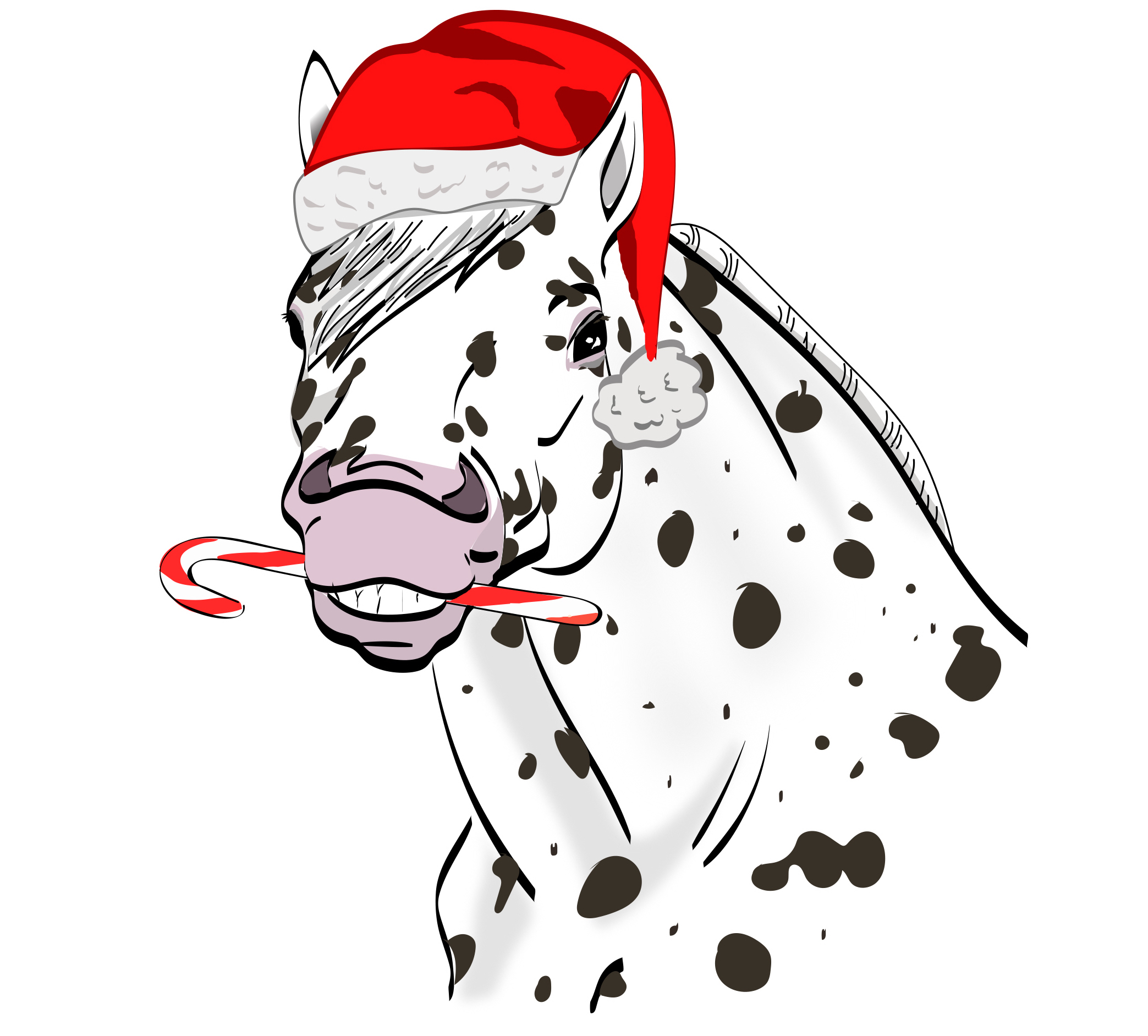
1. True or false: Feeding your horse treats will cause him to become aggressive.
T / F
2. Why is chocolate a less-than-ideal choice as a horse treat?
A) It can cause your horse to develop acne.
B) It can cause your horse to develop cavities.
C) It can cause a positive result in a drug test.
3. True or false: It’s OK to feed your horse a sugar cube or a peppermint as a treat if it’s just one or two and only occasionally.
T / F
4. True or false: Vegetables known to cause gas in humans (such as cabbage, Brussels sprouts, broccoli, and cauliflower) don’t make ideal treats for horses.
T / F
HOW’D YOU DO? (Answers below.)
1. F is correct. The right answer is not necessarily. Feeding treats won’t automatically cause your horse to become aggressive. (For details, see the “What Experts Say” link below.)
2. C is correct. Chocolate contains theobromine, which can cause a positive result in a pre-competition drug test.
3. T is correct. Just as it’s not good for you, sugar isn’t great for your horse, but as an occasional treat in a tiny amount, it won’t hurt him. With healthier choices, such bite-size chunks of apple, carrot, or many other fruits and vegetables, you can be more generous. But always follow the recommended guidelines for giving treats.
4. T is correct. Gas + horses = trouble, so this one’s a no-brainer, just to be on the safe side. It’s also best to avoid anything from the nightshade family, which would include eggplant, tomato, potato, bell pepper, and tobacco.
[WHAT EXPERTS SAY about feeding treats to horses.]
[BONUS: Just how motivating *are* treats to horses?]
Hey! Not already receiving H&R’s fun and informative newsletter? Sign up right now for The Ride.






